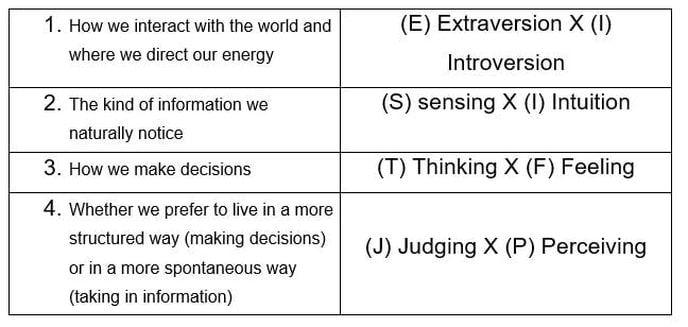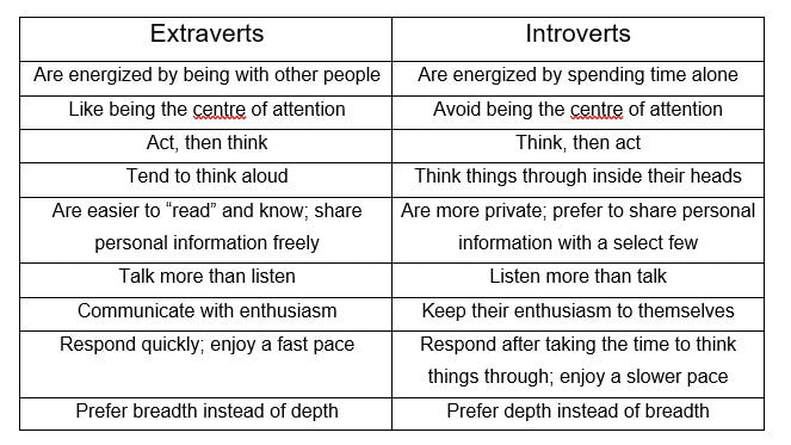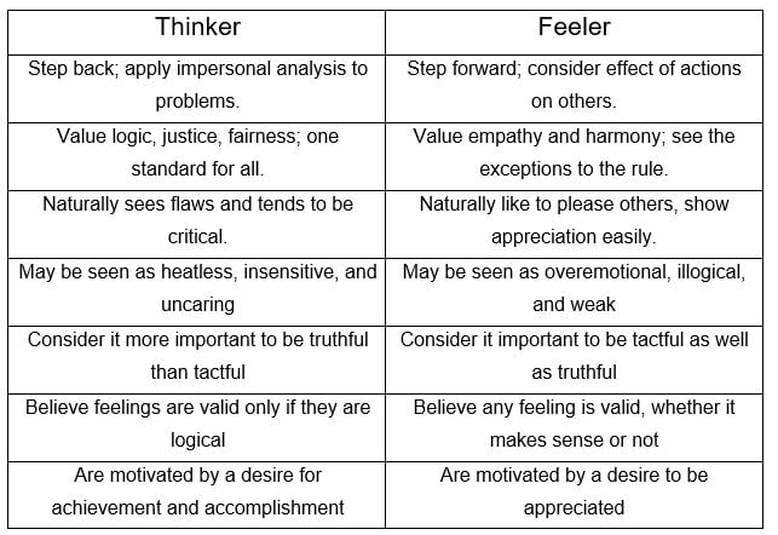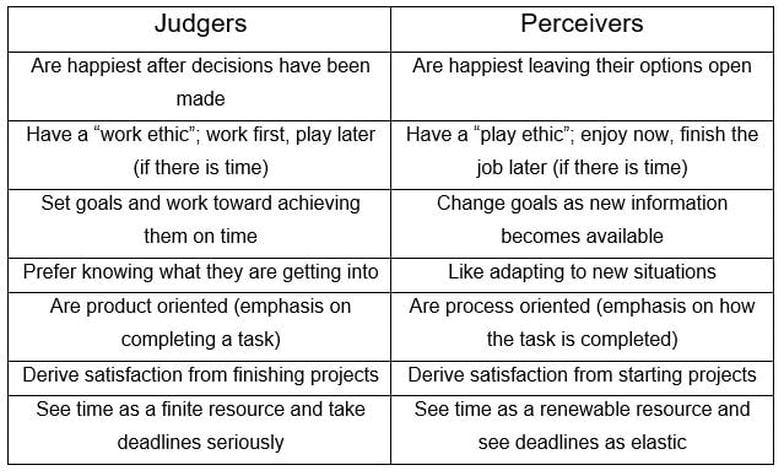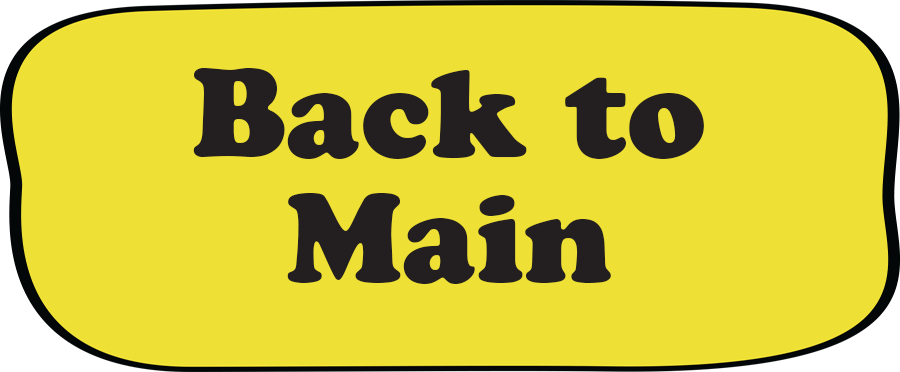Sparks and Talents
Let's watch a video about sparks to get started.
So, what sets your soul on fire?
This is your Spark.
Ity can change throughout your life. You can even have many spakrs at once.
These passions make you come alive!
But does your spark define what you should do for a living?
One of my students said his spark was Shrek... so, I hope not!
Sparks and aptitudes are just one aspect of you!
In fact, psychologists have defined FOUR different dimensions to your personality type… and these will directly affect how you perceive any career.
This is your Spark.
Ity can change throughout your life. You can even have many spakrs at once.
These passions make you come alive!
But does your spark define what you should do for a living?
One of my students said his spark was Shrek... so, I hope not!
Sparks and aptitudes are just one aspect of you!
In fact, psychologists have defined FOUR different dimensions to your personality type… and these will directly affect how you perceive any career.
The Four Dimensions of Personality
The four dimensions of personality are based on four aspects:
Don't get stuck on the labels above; they often won't mean what you think they mean.
We are going to be looking at each aspect of personality. In your binder, you will find a few sheets under the section "Sharing your Gifts" that you can use to keep track of your selections.
There will be two columns per section. Read each column and select the side that matches you best, circling it.
We are going to be looking at each aspect of personality. In your binder, you will find a few sheets under the section "Sharing your Gifts" that you can use to keep track of your selections.
There will be two columns per section. Read each column and select the side that matches you best, circling it.
1. (E) Extraversion X (I) Introversion
This personality dimension looks at how we perceive the world and where we direct our energy. People who prefer the outer world are called extraverts, and people who prefer the inner world are called introverts.
Extrovert is not the same as talkative, and introvert is not the same as shy!! This is one example of labels not meaning what we think.
Look at the table below and think – where do you fit in?
Extrovert is not the same as talkative, and introvert is not the same as shy!! This is one example of labels not meaning what we think.
Look at the table below and think – where do you fit in?
2. (S) Sensing X (N) Intuition
This dimension focuses on how people take in information.
Some people focus on “what is”, while others focus on “what could be”.
Sensors gather facts through their five senses. They focus on what is real and concrete. They are oriented to the present and stay in the moment. They look at a situation and try to determine exactly what is going on.
Intuitives, on the other hand, naturally read between the lines and look for meaning in all things. They value imagination and trust their hunches. Intuitives are oriented towards the future; they tend to anticipate events and try to make things different rather than keeping them as they are.
Some people focus on “what is”, while others focus on “what could be”.
Sensors gather facts through their five senses. They focus on what is real and concrete. They are oriented to the present and stay in the moment. They look at a situation and try to determine exactly what is going on.
Intuitives, on the other hand, naturally read between the lines and look for meaning in all things. They value imagination and trust their hunches. Intuitives are oriented towards the future; they tend to anticipate events and try to make things different rather than keeping them as they are.
3. (T) Thinking X (F) Feeling
This dimension focuses on how we make decisions and come to conclusions: you can do these through thinking or feeling.
Thinkers prefer decisions that make sense logically. They follow rules and take pride in being objective and analytic, weighing the evidence even if it means getting to unpleasant conclusions.
Feelers prefer to base their decisions on how much they care, or how much they feel something to be right or wrong; they follow their moral compass. They pride themselves on their ability to be empathetic and compassionate.
Thinkers prefer decisions that make sense logically. They follow rules and take pride in being objective and analytic, weighing the evidence even if it means getting to unpleasant conclusions.
Feelers prefer to base their decisions on how much they care, or how much they feel something to be right or wrong; they follow their moral compass. They pride themselves on their ability to be empathetic and compassionate.
4. (J) Judging X (P) Perceiving
The fourth dimension of personality type looks at whether we like to live in a more structured way (making decisions) or a more spontaneous way (taking in information).
Judgers tend to live in an orderly way and are happiest when their lives are structured. They seek to regulate and control life.
Perceivers like to live in a spontaneous way and are happiest when their lives are flexible. They like to stay open to all kids of possibilities.
Judgers tend to live in an orderly way and are happiest when their lives are structured. They seek to regulate and control life.
Perceivers like to live in a spontaneous way and are happiest when their lives are flexible. They like to stay open to all kids of possibilities.
Now that you have all four of your letters, let's double-check by taking a personality quiz and see if the two match!
Click on the link below to take the quiz:
Click on the link below to take the quiz:
Personality Test Quiz
See if the definition matches you, and check what careers might fit you!
Do any of these careers match what you have planned?
Do any of these careers match what you have planned?

